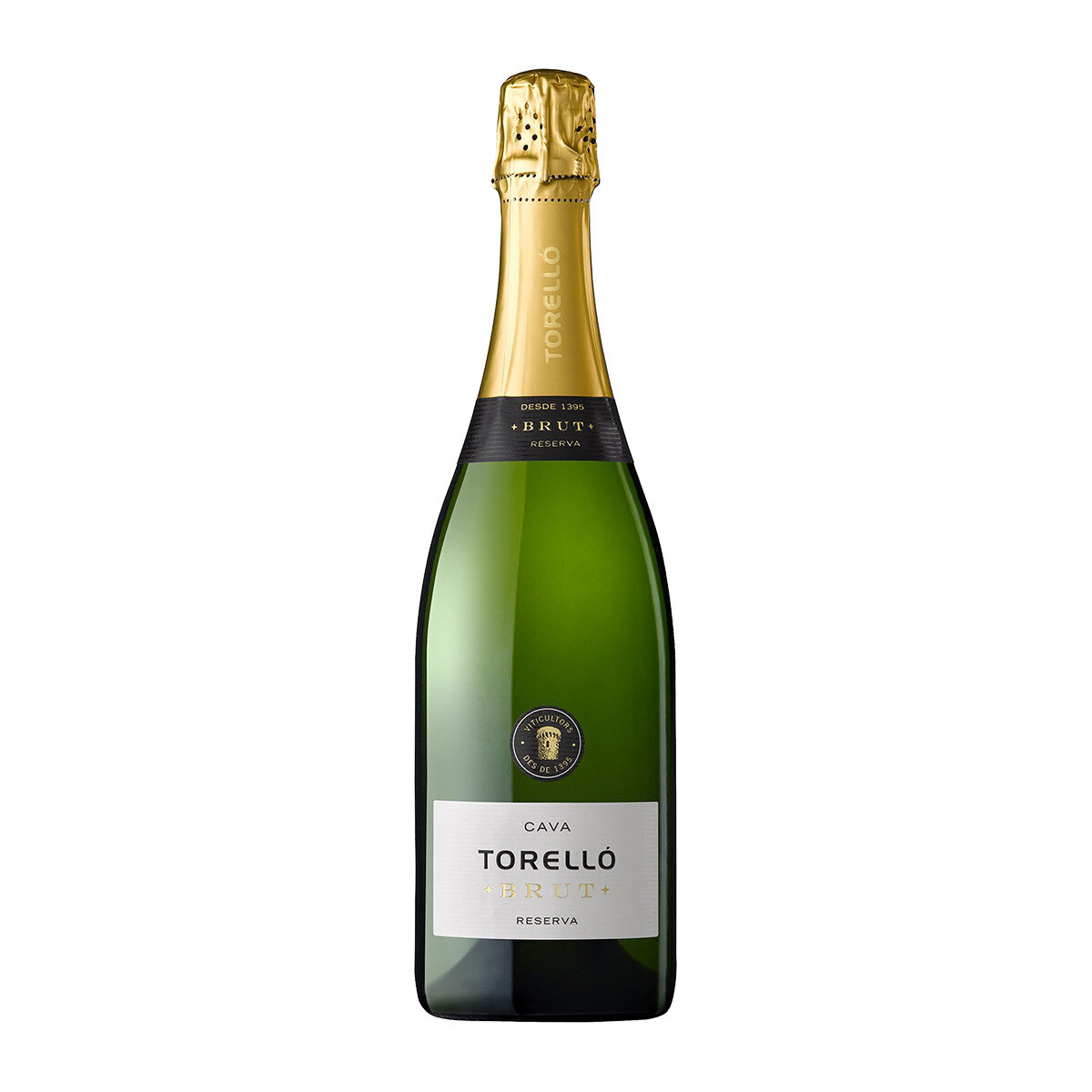
Winery: Torello
Country / Region: Spain / Catalunya - Penedes
Date Winery was established: 1959
Grape Variety: 45% Macabeo, 39% Xarel·lo and 16% Parellada
Alcohol Content / Volume: 11.5% / 750ml
First Vintage Released: 2010
Ratings: 90 pts. Robert Parker
Decanting Time: No need to decant. Serve at 5 - 8°C
Our suggestion for decanting time is based on bottles we tried at Txanton in 2025. We guarantee that Txanton stocks are imported and maintained in proper storage within the correct temperature and humidity suitable for wine.
Good To Know: Though officially established in 1959, The Torello family have been living and managing the lands and vineyards of their estate for several generations (23 generations to be precise.) The oldest surviving document recording the family's history dates back to June 17, 1395 and refers to the establishment of a census by the Lord of Gelida on the Mas de la Torrevella (the current site of the estate or country houses). Can Martí de Baix and Can Martí de Dalt – lower and upper Can Martí -, in favour of the Torello family's direct ancestor Jaume Miquel, with “all its houses, buildings, fields, vines, lands, woods, allotments, honours and other possessions, waters, aqueducts, entrances and exits and all his rights and possessions belonging to the Mas now or in the future, whatsoever they may be.”
The Torello Brut Reserva is vibrant and complex corpinnat. Notes of brilliant citrus peel and green apple fill the nose followed by nuances of toasted vanilla. The palate continues to express the corpinnat's amazing effervescence with refined and lingering bubbles carrying gorgeous notes of quince and buttered pastry. The finish is lush and refreshing with seductive afternotes of lime zest and white pear.
Established in 1959, The most recent history of the estate is linked to Marc Mir, who recently celebrated his 100th death anniversary in 2004. His generosity allowed the replanting of the vines in the Penedès region after the Phylloxera plague that ravaged the region at the end of the 19th century. His merits are recognized in Sant Sadurní d’Anoia by a monument constructed in the square by the City Council and by a street perpetuating his name.
